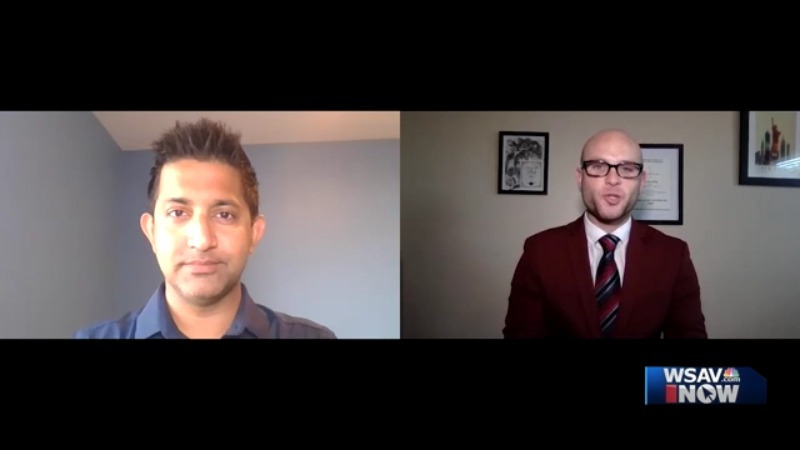From ALEC’s perspective, the secrecy charge is outdated. “I reject his assessment of our organization,” said Bill Meierling, ALEC’s executive vice president and chief marketing officer. “We’re a grassroots organization of legislators that engage all stakeholders who are interested in conversations about free-market policy. Certainly some folks are more interested in free-market policy than others.”
After years of criticism about its practices, ALEC shifted course in 2013 and put all of its model legislation online, Meierling said. Its backers are also public, and its annual conferences are open to the press. “We learned some very hard lessons about the importance of communication. But the reality is we are an open and transparent organization today,” Meierling told me.
Future Now’s challenge in the policy arena is the same one it faces on the campaign side: It’s not the first group to the state party. A consortium of organizations that merged in 2014, the State Innovation Exchange, or SiX, has already been doing similar work to train legislators, workshop ideas, and provide other support to understaffed progressives in state government. It does not do model legislation, but its website includes a library of bills that have been introduced in the states on a broad range of progressive issues. “I’m not sure what new thing Future Now brings to the table in that regard,” Fiddler said, noting SiX’s work in the policy space. “I think they are trying to reinvent the wheel a little bit unnecessarily.”
For the most part, the leaders of the various state-focused progressive groups don’t seem particularly concerned about the suddenly crowded political space in which they’re operating. A big part of their reasoning is the yawning gap Democrats still have to make up with Republicans outside Washington. “You don’t irrigate the desert with a single hose,” Squadron said. “We are nowhere near critical mass.”
Catherine Vaughan, the CEO of Flippable and one of its co-founders, told me that some of the organizations had discussed consolidating some of their operations or merging. But she said there was also a belief that different groups with different messages could reach different audiences, bringing more people into the process rather than going after the same population of potential donors and voters. And as successful as 2018 was for Democrats, their performance on the state level demonstrated how much further they needed to go. While donations to Democratic candidates increased across the board, the spike for congressional campaigns was far greater than it was for state legislatures. “We had a wave. It was somewhat on par with 2006,” Vaughan said. “But it was nowhere near the Republicans’ red wave of 2010 at the state level.”
The stakes for 2020 are even higher, but the fundraising challenge may be more formidable. Bernie Sanders and Beto O’Rourke each raised more money during the first 24 hours of their presidential campaigns than Future Now Fund or its peer groups did in the entire last election. So far, however, they have yet to see a drop-off. Future Now uses a fundraising tool it calls “giving circles” to pool contributions from donors’ family, friends, and neighbors, and at the end of last year, the group partnered with the creator of a mass-online-donation program that, prior to their alliance, had raised nearly $1 million for state legislative candidates in just a three-week period. Commitments to Future Now giving circles in the first quarter of 2019 have already exceeded the total raised in 2018, Squadron said. The group also plans to lobby presidential candidates to focus on state legislatures as part of their campaigns, he said.
“It’s never been a cakewalk,” Future Now’s Cass told me. “For whatever reason, Democrats and groups on the left are obsessed with the federal government and the presidency. And they can’t let that go.
“It’s our job,” she said, “to change that.”
We want to hear what you think about this article. Submit a letter to the editor or write to letters@theatlantic.com.

